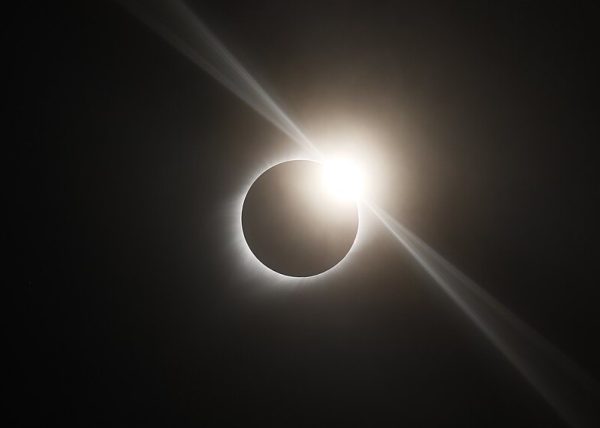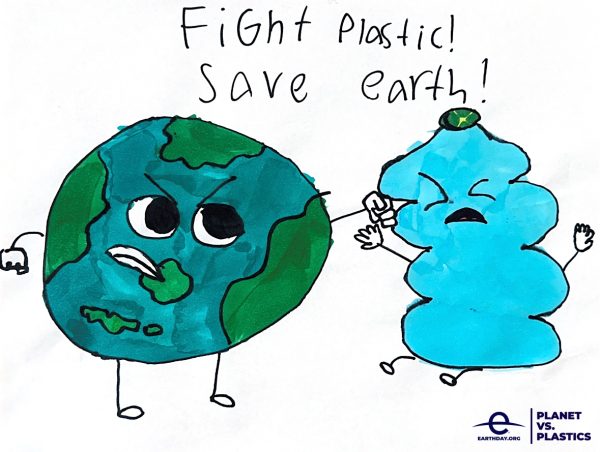Signs of melting begin in the coldest region of Antarctica
April 16, 2020
Antarctica is melting. Scientists who have been observing the changes across the Southernmost continent noticed a worrying change earlier this year — even the coldest parts of Antarctica are showing signs of melting.
The continent is divided into two main parts — Eastern and Western Antarctica. Most of Antarctica’s ice melt to this point has come from Western Antarctica, the warmer part of the continent. Now, however, the Eastern part of the continent is beginning to melt as well. This is the coldest area of the world and was previously thought to be safe from these negative effects.
This change could indicate trouble in the future. Antarctica is home to 90 percent of ice on Earth. A total melt could raise sea levels by 200 feet. Currently, however, some of the ice shelves and glaciers on the outer edges of the continent are moving towards the sea.
In 2002, an ice shelf on the western side of the continent did collapse, making the glaciers that had been behind it more vulnerable. Those glaciers “accelerated their slide to the sea by 5 to 8 times,” according to YaleEnvironment360. It appears the continent is at risk for a repeat of this event on the eastern side.
Current changes are more rapid than were anticipated, and the data on Antarctica and its eastern part is limited, which makes predictions difficult. This does seem to mark a concerning turning point for Antarctica.










